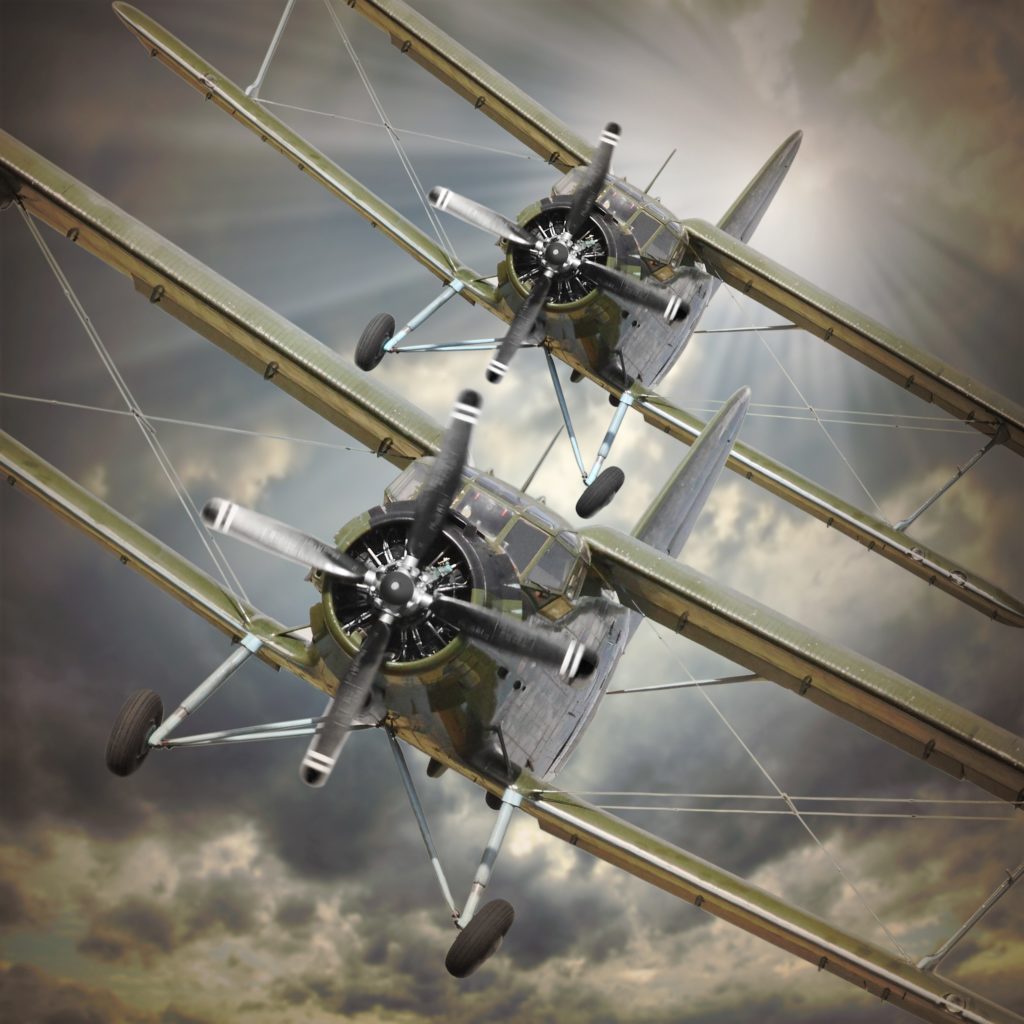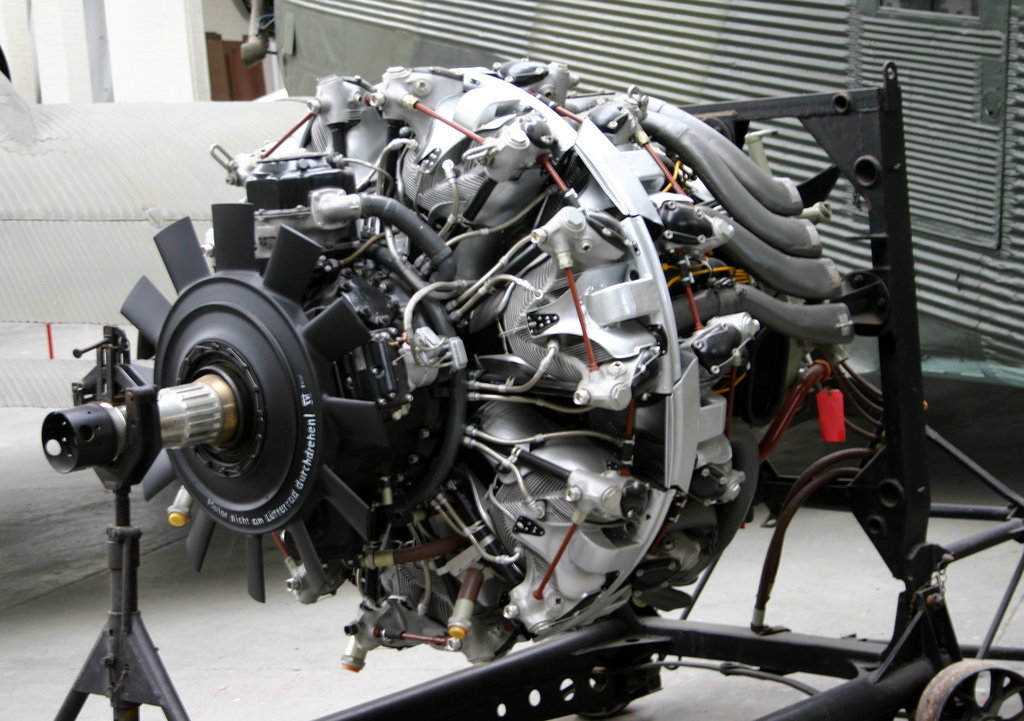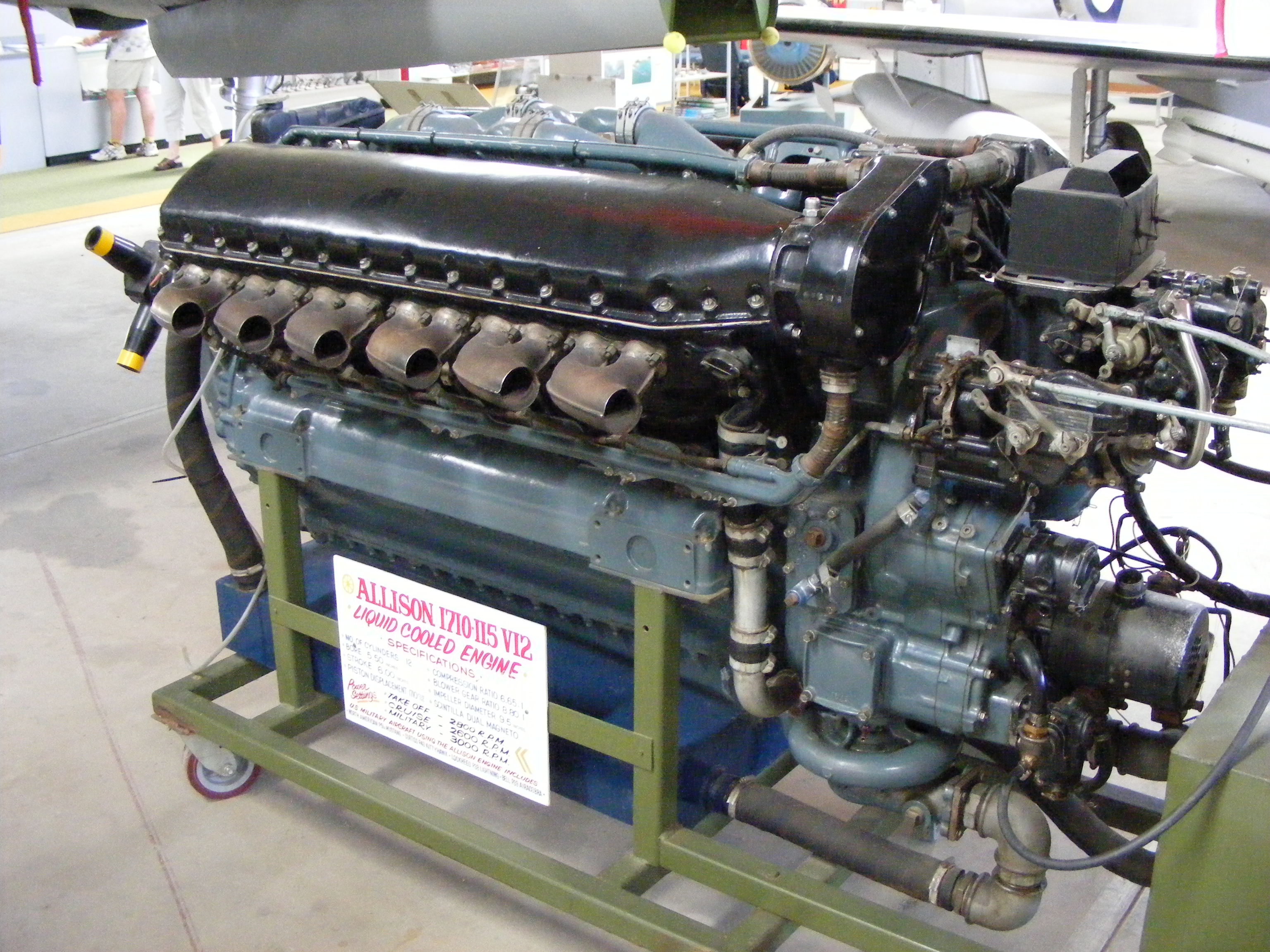
Museum Of The History Of Aircraft Engine Building. Aircraft Engines On Stands. Turbine Engines
The jet age Origins. From the very invention of flight at the beginning of the 20th century, military aircraft and engines generally led the way, and commercial aviation followed. At first this was also the case in the jet age, which began with the invention of jet engines under military sponsorship in the 1930s and '40s. By the late 20th century, however, commercial jet-engine technology.

Pin by Robert Chase on Wright engines Pratt & Whitney Aircraft engine, Radial engine, Aircraft
The Aircraft Engine Historical Society is a non-profit educational and historical society that fosters an appreciation of the people, art, and science associated with aircraft engine development, manufacture, and use.. 08-07-2023 - Wings of History Air Museum engines added to AEHS List of Engines in Museums 08-06-2023 - Early Engines: Warner.

History of Flight Aircraft Engines Editorial Image Image of london, science 133409605
Due to the unreliability of early jet engine designs, in 1943 the U.S. Navy asked Ryan Aircraft to create a fighter aircraft that utilized both the traditional piston engine and a turbojet. The result was the Ryan XFR-1 Fireball—the Navy's first aircraft to include jet propulsion. A Wright R-1820 piston engine in the nose powered the.

A SHORT HISTORY OF EARLY ENGINES THE FIRST JET ENGINE Jetset Airmotive, Inc.
The J-79 jet engine, exponentially more powerful than the radial engine, made for faster fighters that could carry bomb loads greater than World War II bombers. The F-4 was a multi-role aircraft.

Bmw aircraft engines history
A cutaway drawing of the 1903 Wright Flyer engine. The earliest aero engines were stationary—either radial in style or in line. The Antoinette series was the most commonly used. These were succeeded by the popular rotary engine. The best known were the Gnome and Le Rhône, which were used on the majority of aircraft until the in-line Liberty.

FileAllison 1710115 V12 Aircraft engine.jpg Wikipedia
Logo of GE Aviation. GE Aerospace is an aircraft engine supplier, headquartered in Evendale, Ohio, outside Cincinnati.Not only does GE Aerospace manufacture engines under its umbrella, it also partners with other manufacturers. CFM International, the world's leading supplier of aircraft engines and GE's most successful partnership, is a 50/50 joint venture with the French company Safran.

rotary aircraft engine Aircraft engine, Aircraft maintenance, Engineering
As the jets of gas shoot backward, the engine and the aircraft are thrust forward. As the hot air is going to the nozzle, it passes through another group of blades called the turbine. The turbine is attached to the same shaft as the compressor.. The First Jet Engine - A Short History of Early Engines.

Museum Of The History Of Aircraft Engine Building. Aircraft Engines On Stands. Turbine Engines
It was 1936 before the Rolls-Royce Merlin was perfected enough to be mass produced, but it ended up being the second most produced engine during wartime, with a final production number of around 165,000. In total, the engine was used in 40 aircraft during World War II. It is primarily associated with the Supermarine Spitfire, Hawker Hurricane.

Museum Of The History Of Aircraft Engine Building. Aircraft Engines On Stands. Turbine Engines
The AEHS publishes Torque Meter, the only journal dedicated to aircraft engine history. The AEHS also operates a web site with articles, images, and reference information on aircraft engines.

History of Flight Aircraft Engines Editorial Image Image of museum, engines 133409600
Aircraft Engine Co (Aircraft Engine Co Inc, Oakland, CA) Aircraft 1911 80 hp; Aircraft & Ind. Motor Corp (See Schubert) AiResearch. See: Garrett, Allied Signal and Honeywell. Airex. Airex Rx2; Airex Rx10; Airmotive-Perito See: Adept-Airmotive Airship Aircraft Engine Company. Airship A-Tech 100 Diesel; Airtrike

Vought F4U Corsair Warplane Technical Specs, History and Pictures Aircrafts and Planes
An aircraft engine, often referred to as an aero engine, is the power component of an aircraft propulsion system. Aircraft using power components are referred to as powered flight . [1] Most aircraft engines are either piston engines or gas turbines , although a few have been rocket powered and in recent years many small UAVs have used electric.

Museum of the History of Aircraft Engine Building. Aircraft Engines on Stands. Turbine Engines
Jet engines can be dated back to the invention of the aeolipile around 150 BC. This device used steam power directed through two nozzles so as to cause a sphere to spin rapidly on its axis. [1] So far as is known, it was not used for supplying mechanical power, and the potential practical applications of this invention were not recognized.

Aircraft Engines History Engineering Channel
The end of WW I brought an end to military hostilities on the European continent, and with it a sudden end to the need and demand for aircraft pilots, aircraft mechanics, aircraft, and aircraft engines. The world had invested so much recent effort into the development of effective and efficient aircraft and aircraft engines.

Museum of the History of Aircraft Engine Building. Aircraft Engines on Stands. Turbine Engines
History of flight - Engines, Airframes, Progress: Two stages in the jetliners development marked the 1960s. The first was the adoption of the turbofan engine. The turbofan gains economy by having much of its thrust pass around the engine core rather than through it. The second stage was marked by the introduction of the wide-bodied, 400-seat Boeing 747 in 1969.

Museum Of The History Of Aircraft Engine Building. Aircraft Engines On Stands. Turbine Engines
The X-planes were operated by the NACA and later by NASA in conjunction with the U.S. Air Force. The Bell X-1 rocket-powered experimental aircraft was the first piloted aircraft to fly faster than Mach 1 in level flight. With the introduction of the turbojet engine, new aircraft were designed to fly faster and higher.

Museum Of The History Of Aircraft Engine Building. Aircraft Engines On Stands. Turbine Engines
The history of aviation extends for more than two thousand years,. Lacking a suitable engine, aircraft work focused on stability and control in gliding flight. In 1879, Biot constructed a bird-like glider with the help of Massia and flew in it briefly. It is preserved in the Musee de l'Air,.